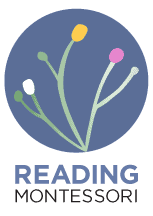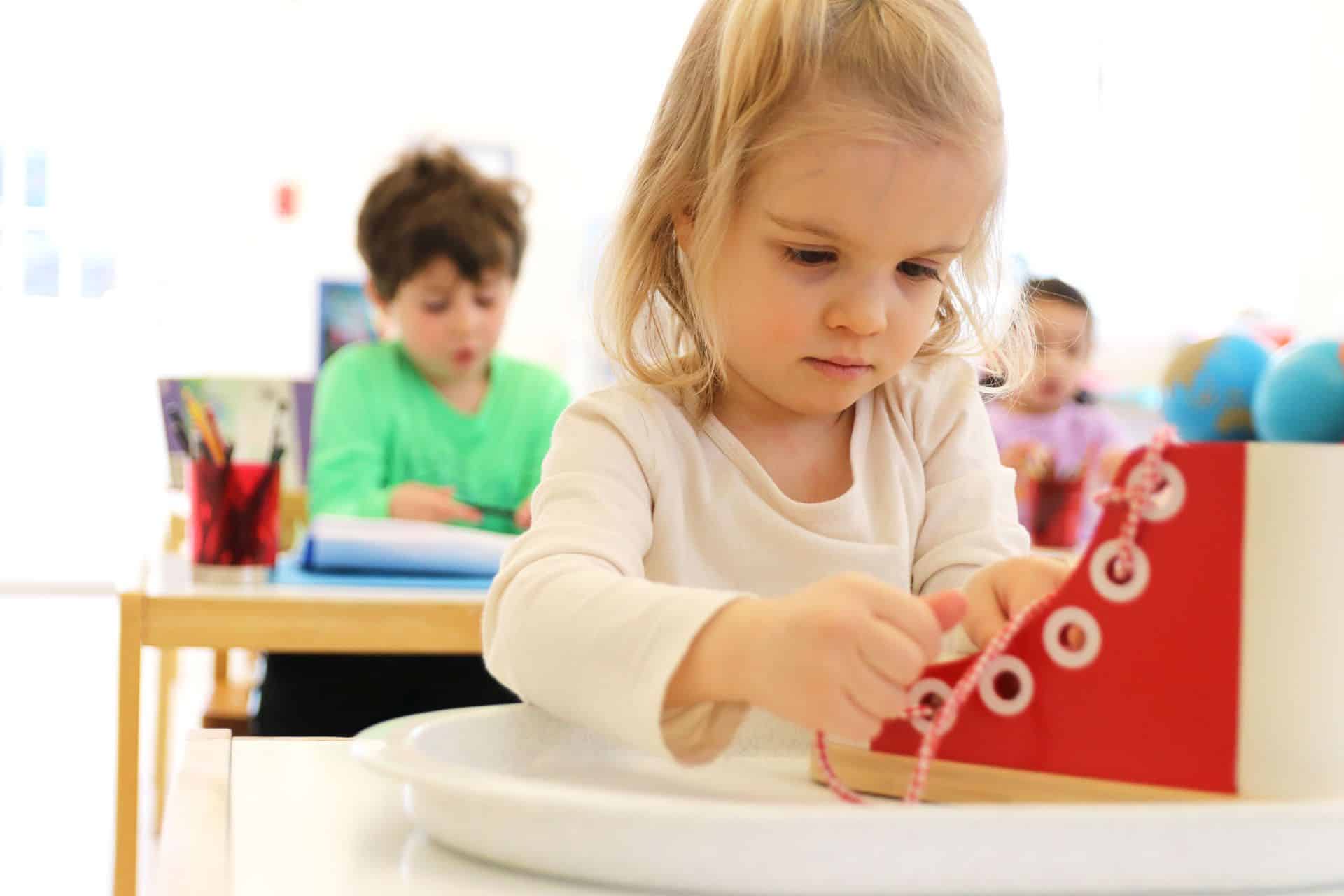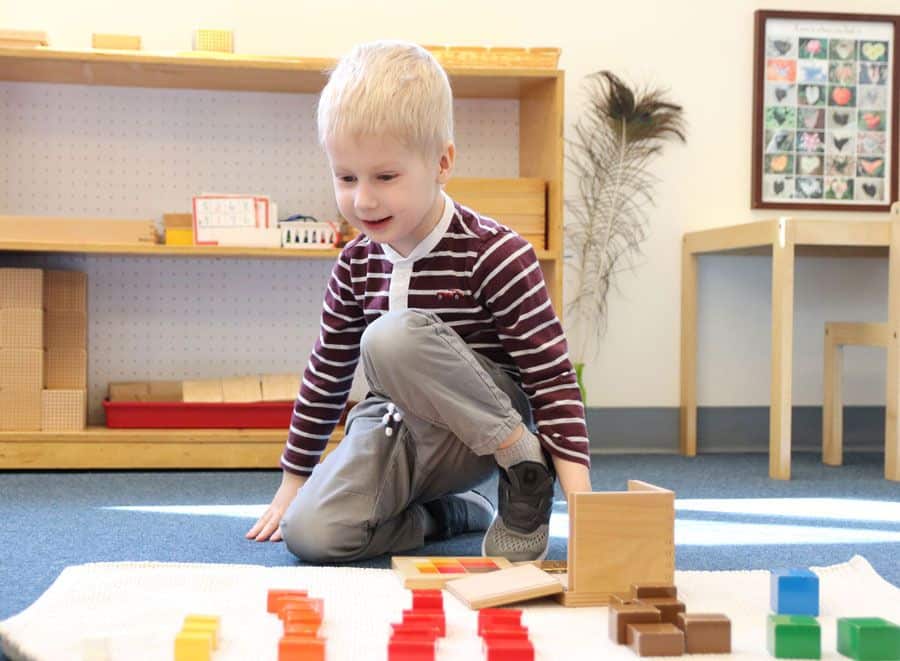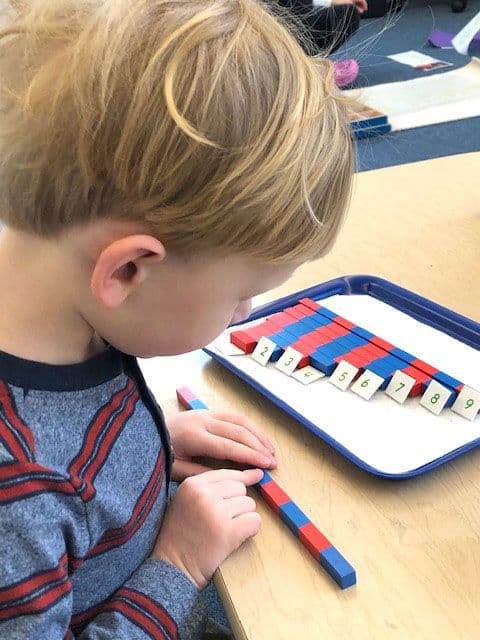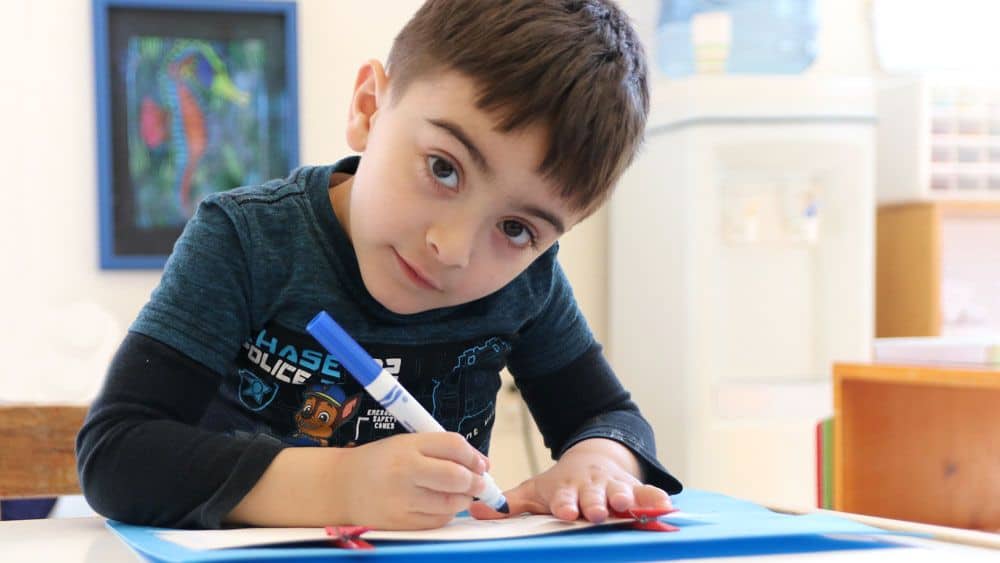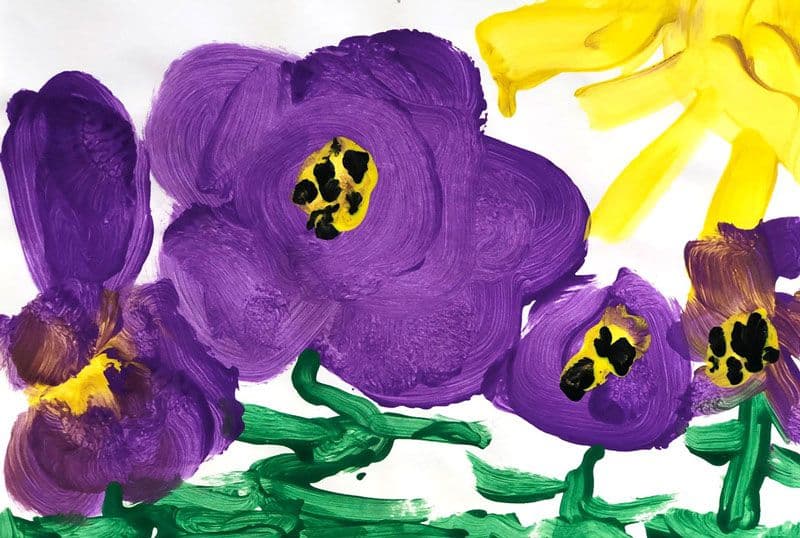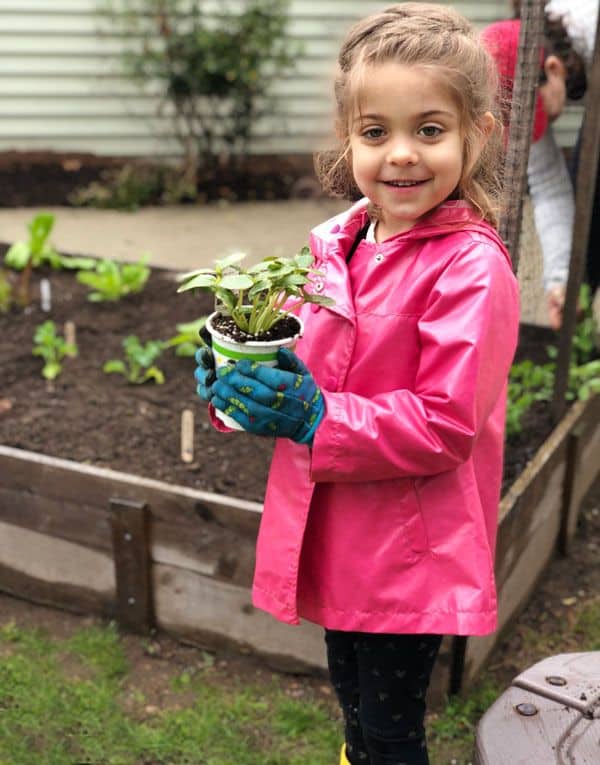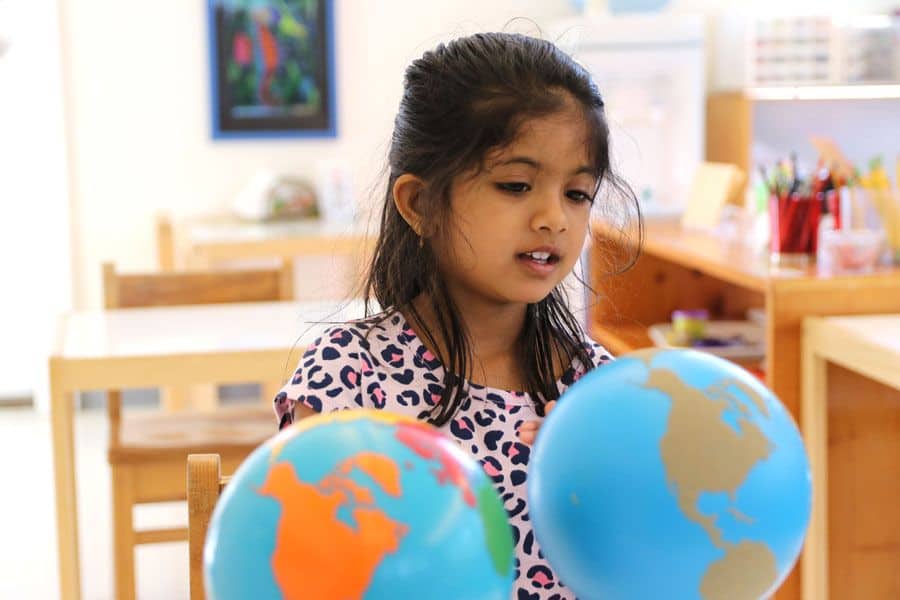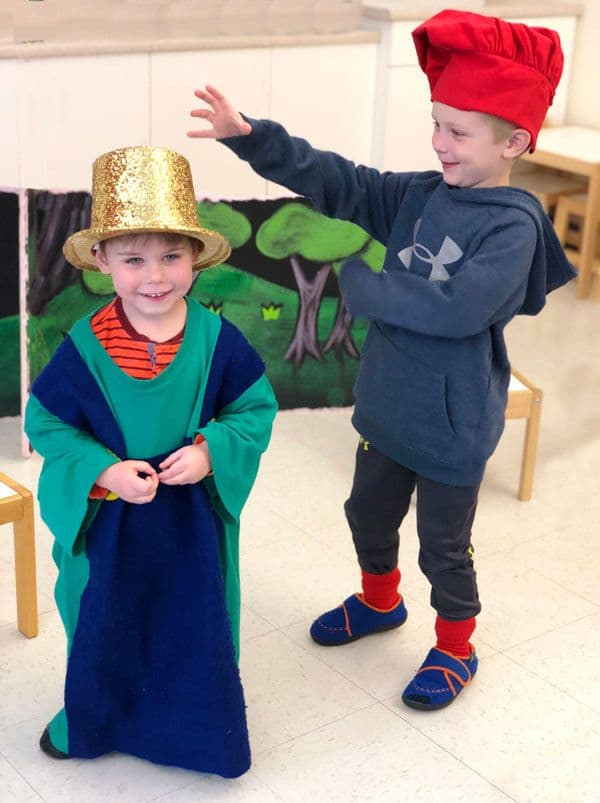Curriculum
Curriculum
Practical Life
The importance of the Practical Life exercises cannot be overstated, for they form the basis for the other areas of the curriculum: Sensorial, Language and Math. These exercises must involve real activities in a real environment that teach the child that she can do things on her own to care for herself and her environment. This area is especially important for the developing three year old by nurturing within him the growth of concentration, coordination, independence and a sense of order.
Sensorial
We take in all information from our environment through our senses. These self-correcting materials are designed to refine the senses. It is in this area that children learn about similarities and differences in color, sound, shape, taste, texture, volume, weight etc. By educating the senses, the child becomes more aware of her surroundings.
MATH
Learning comes much more easily when a child works with hands-on educational materials that graphically show what is taking place in a given mathematical process. He can see it happen. It is a concrete representation of these exercises that helps the child move to the abstract.
Language
The sensitive period for language is between birth and seven years of age. Language enables the child to communicate, to write, to read, to understand the function of language and to create an awe and appreciation of language. The program begins with learning the sounds of the letters progressing to reading words and sentences. The sequencing of the language exercises is as follows: the enrichment of vocabulary, the preparation of the hand, phonetics, reading, classification and the parts of speech.
Art
The art area contains all manner of mediums for creative art projects: scissors, glue, paint, markers, play doh, crayons etc. The choices are open ended. It also encompasses the study of famous artists, their lives and their creations.
Science
Children love learning about their natural surroundings. The focus of the science area changes periodically with various units of study such as trees, flowers, butterflies, frogs, the rainforest, life in the sea, the solar system, dinosaurs and many others. The children learn about the importance of respecting and taking care of the environment.
Geography
Children are very curious about the world and other cultures. The geography area consists of wooden puzzle maps, land and water forms and books and artifacts from around the world. Study progresses from the world to the continents, then to the countries and their cultures. We encourage parents to share their cultural heritage with the children by bringing in native dress, food, holiday traditions and customs.
Enrichment
In addition to our regular classroom curriculum which includes music, movement and yoga, we schedule programs throughout the school year focusing on music, storytelling, children’s theater, puppets and nature.
